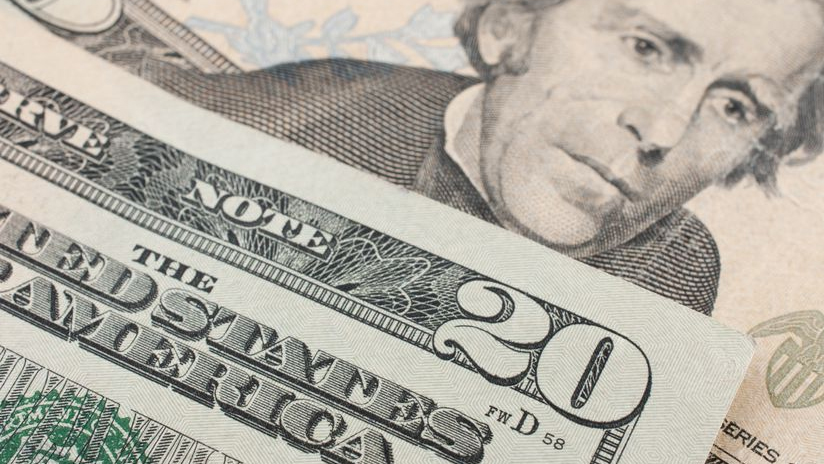
Lower tech stocks have driven US equities down (again) while US Treasury yields are modestly lower, ignoring slightly stronger than expected US JOLTs data and consumer confidence. JPY strengthened after a media report that the BoJ will consider a 15bps hike at today’s meeting. The NZD has outperformed alongside the yen, seeing it return to 0.59.
US economic data were slightly better than expected, with job openings falling only 46k to 8184k in June. The quits rate was steady at 2.1 from a downwardly revised May. Both indicators have been trending down, signalling a weaker labour market and lower wage inflation. The Conference Board measure of consumer confidence rose to 100.3 in Jul from a downwardly revised 97.8 in June, however the overall survey was a mixed bag. While higher headline confidence was driven by the expectations component climbing to a six-month high, it was met with a fall in the present conditions index to a more than three-year low. Furthermore, the labour market indicator measuring the difference between those saying jobs were plentiful and jobs were hard to get dropped to a more than three year low.
The slightly stronger headline figures only had a temporary impact on the rates market with US Treasury yields resuming their decline heading into the releases. The 10-year rate is currently down 3bps to 4.14% with some curve steepening, with the 2-year rate down 4bps to 4.36%.
In the US equity market, the tech selloff has resumed, ahead of earnings releases for four of the mega cap stocks this week. While more stocks in the S&P500 are up than down, the index is currently down ½%, weighed down by mega caps, with the Nasdaq index down 1.3%. The rotation into smaller cap stocks continues, with the Russell 2000 index up slightly.
Public broadcaster NHK reported that BoJ board members will discuss raising the policy rate by 15bps to 0.25% amid a growing view among members that pricing are rising in line with forecasts. However, some members are cautious that trends in consumption need to be watched amid falling real wages and will make the final decision after analysing latest economic data. Meanwhile vice finance minister for international affairs Mimura, who will replace Kanda as the top FX official, said that the “demerits” of yen weakness are “becoming more noticeable”, pointing out the drawbacks of a weaker yen as they affect importers and consumers.
For today’s BoJ meeting, the market is pricing in 7bps worth of hikes, with many sceptical that the Bank will tighten alongside the expected clear plan for reducing its bond purchases. The media leak, if it is indeed one, raises the chance that the BoJ will hike rates by at least 10bps, with some chance that it opts for a larger 15bps move. We believe that rate hikes have been long appropriate in Japan and would support the recent recovery in the yen. No hike or any dovish overtones could see a sharp reversal of recent yen strength. The yen reversed earlier losses overnight after the media report, seeing USD/JPY now down 0.5% for the day to 153.20.
The NZD has also outperformed, for no obvious reason other than it was looking oversold on the technical relative strength index. It has recovered to just over 0.59 over the past couple of hours. While NZD/JPY is flat at 90.4, after a swing up to 91.5 overnight, the NZD is higher on other key crosses. The AUD is struggling around 0.6540 and NZD/AUD has recovered to 0.9025, helped by slightly higher NZ-Australia rate spreads (see below). NZD/GBP has returned to 0.46 and NZD/EUR is up to 0.5460.
Euro area GDP was a tenth stronger than consensus, rising 0.3% q/q in Q2, although Germany was a drag on the result, showing a 0.1% q/q contraction. On CPI inflation, the headline rate was a tenth higher than expected in Germany at 2.6%, and three-tenths weaker than expected in Spain at 2.9%. The data did nothing to change market expectations that the ECB can cut rates by another 25bps at its next meeting in September.
Oil prices continue to fall, with Brent crude down over 1% to below USD79 per barrel, unresponsive to rising tensions in the Middle East after Israel struck Beirut, targeting a Hezbollah commander in retaliation to the weekend rocket attack in the Golan Heights.
In the domestic rates market, it was another quiet session, although the bias was payside pressure in the swaps market and offers in NZGBs. NZGB yields were marked 2-4bps higher across the curve while swaps were up 3-5bps, underperforming Australia on a cross-market basis, seeing higher NZ-Australia rate spreads after their recent significant contraction.
In the day ahead the calendar is full. During NZ trading hours the ANZ NZ business outlook survey, China PMIs, Australian CPI and, as noted earlier, the BoJ policy meeting are the key releases. An upside surprise to Australian inflation target would increase pressure on the RBA to hike rates again.
Tonight, the key releases are euro area CPI and the US employment cost index, coming ahead of the Fed’s policy announcement at 6am NZ time. The Fed is widely expected to guide towards a September rate cut, conditional on the data between now and then, which is fully priced.
[chart;daily exchange rates]




We welcome your comments below. If you are not already registered, please register to comment.
Remember we welcome robust, respectful and insightful debate. We don't welcome abusive or defamatory comments and will de-register those repeatedly making such comments. Our current comment policy is here.